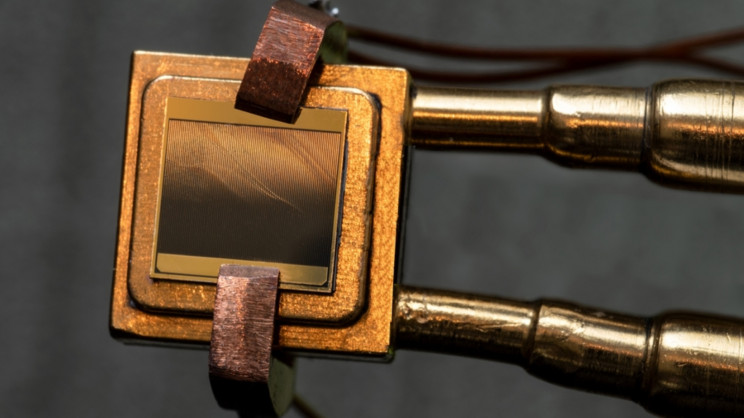Researchers from the MIT and the National Energy Laboratory (NREL) have designed a heat engine with no moving parts. The engine converts heat to electricity with over 40 percent efficiency. The performance achieved is better than that of traditional steam turbines.
Scientists foresee that the engine has the potential to replace conventional steam turbines in the future
The heat engine is called a Thermo-photovoltaic (TPV) cell and is similar to a solar panel’s photovoltaic cells. However, TPV cell passively captures high-energy photons from a white-hot heat source for generating electricity. This heat engine is capable of generating power from a heat source with temperatures between 3,400 and 4,300 degrees Fahrenheit.
It is a device for turning the stored heat back into electricity
The heat engine would absorb excess heat energy from renewable sources like the Sun and store that energy in heavily insulated banks of hot graphite. So, to fill the gaps in supply from renewable, TPV cells could then convert the heat into electricity.
“Thermophotovoltaic cells were the last key step toward demonstrating that thermal batteries are a viable concept,” said MIT professor Asegun Henry. “This is an absolutely critical step on the path to proliferate renewable energy and get to a fully decarbonized grid.”
Henry added, “One of the advantages of solid-state energy converters are that they can operate at higher temperatures with lower maintenance costs because they have no moving parts,” “They just sit there and reliably generate electricity.”






